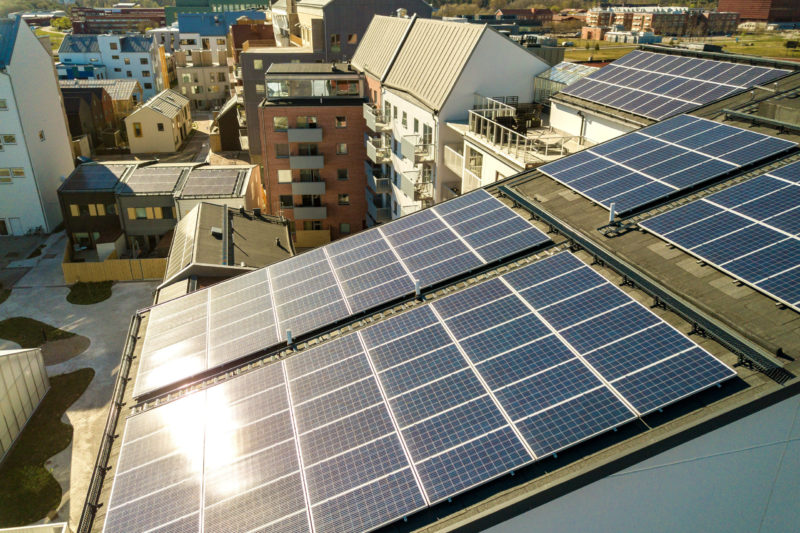What Are the Key Proposals of the California NEM 3.0 Proposal?
Throughout the NEM 3.0 proceedings, the California Public Utilities Commission (CPUC) reviewed up to 18 different proposals related to the current NEM strategies. Ultimately, CPUC published a proposed decision on the 13th December 2021 to align with the proposals. Here are some of the critical recommendations of the California NEM 3.0:
Switch to new TOU (Time of Use) Rates
Under the proposed Time of Use rates, anyone who wants to install solar on their homes must sign a new rate plan that makes electricity expensive during high grid usage and cheaper during low grid usage.
This aims to prompt people to install solar panels and adopt solar battery storage. The proposal included TOU rates from three prominent utility supply companies in California, which includes:
- PG&E: Lowest off-peak rates at $0.176/kWh, highest on-peak rates at $0.499/kWh
- SCE: Lowest off-peak rates at $0.286/kWh, highest on-peak rates at $0.482/kWh
- SDG&E: Lowest off-peak rates at $0.082/kWh, highest on-peak rates at $0.547/kWh
Reduction of Energy Credits
With the existing NEM 2.0, solar California solar customers can save up to 22 to 33 cents for every kWh. However, under the proposed NEM 3.0, credit for excess generation will go down to an average of 4.7 to 5.8 cents.
Similar to the new TOU proposals, reducing energy credits aims to push solar owners to add batteries to their residential solar systems, potentially increasing the cost of your home solar installation.
Increase in Monthly Charges
If you thought that adding a battery to your home solar system would reduce your net billing, you’d be surprised to know that NEM 3.0 aims to increase your net billing charges rather than reduce them. Firstly, switching to the proposed TOU plans will result in heightened monthly costs for SDG&E and SCE customers.
Secondly, NEM 3.0 proposes an additional $8/kWh to the solar customer’s bill. Average customers who install 6kWh solar systems to their home will end up paying $48 per month, translating to $14,400 over the 25-year, which is the home solar system.
Please note, low-income customers who qualify for the CARE plans are not subjected to these increased monthly charges.
How Does California NEM 3.0 Affect Current NEM Strategies?
NEM 3.0 has significant changes on the existing NEM 1.0 and 2.0 programs. Here are the two significant retroactive changes that solar customers will probably experience:
- Reduction of the current 20-year eligibility period under the NEM from 1.0 and 2.0 to 15 years
- Exclusion of low-income residential customers, but remain under the 20-year grandfathering protection
How Can You Help Save Solar Now?
Although the first CPUC voting over the proposed NEM 3.0 is scheduled for 24th February 2022, California residents have the opportunity to air their views against the proposal in the following ways:
- RVSP to join the Save Our Solar Jobs rally in Los Angeles or San Francisco scheduled on 13th January 2022, 11:00 am
- Email to Governor Newsom
- Join CALSSA’s effort towards the proposal through their LinkedIn page
Prepare for California NEM 3.0 with Solar Optimum
To take advantage of NEM 3.0 (if it passes), you need to go solar now if you haven’t. This allows you to enjoy the benefits of NEM 2.0, which guarantees a 20-year eligibility period, rather than the proposed 15 years under the NEM 3.0. You should also add your backup storage system to reduce your reliance on net energy metering programs and use excess power in your home rather than sending extra power to the grid. At Solar Optimum, we can help you achieve all this efficiently and safely possible. Contact us today, and let’s help you prepare for California NEM 3.0.






